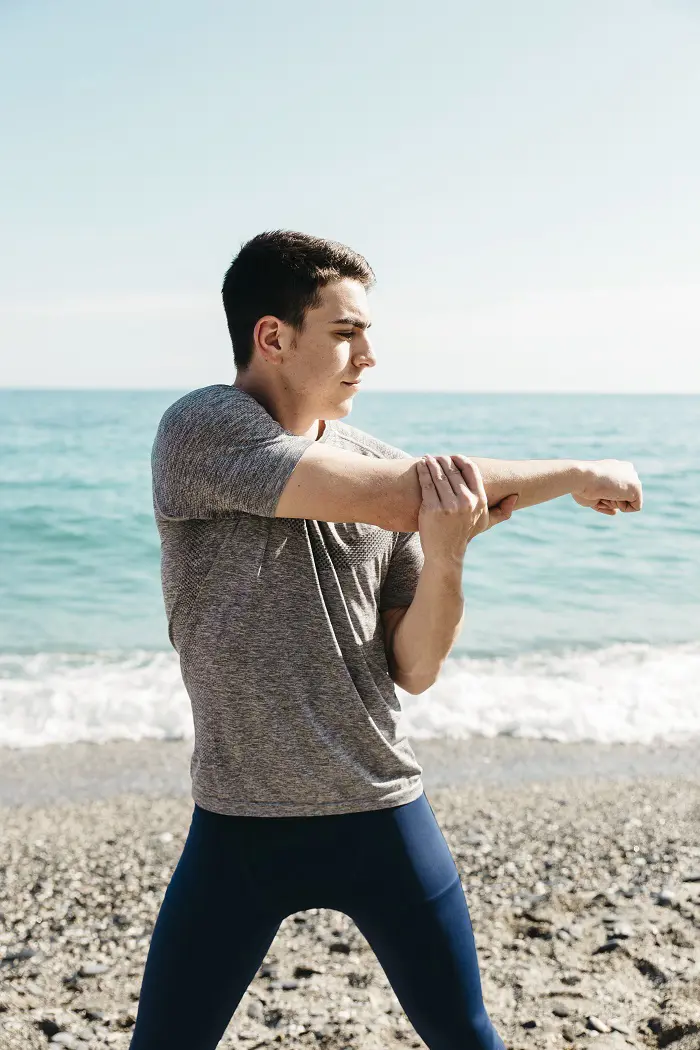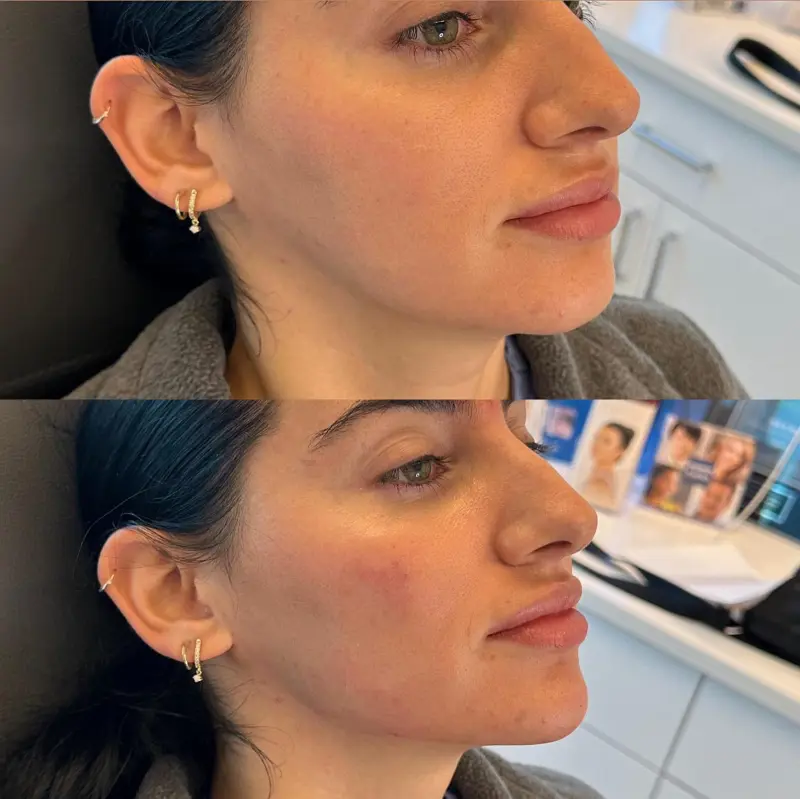10 Exercises to Help Lower Blood Pressure
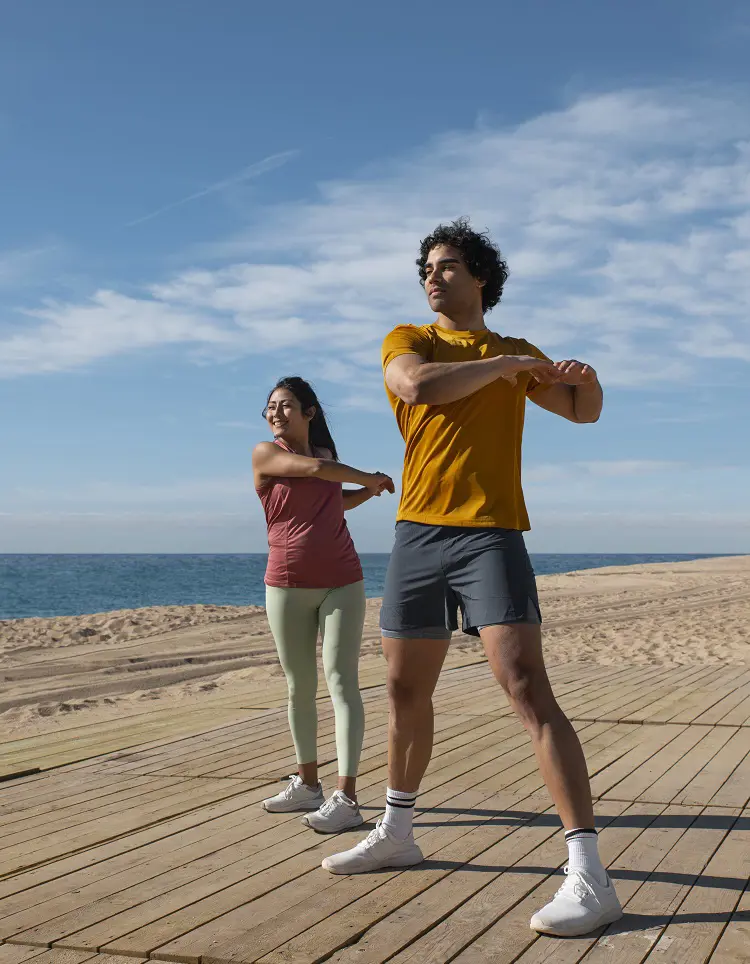
One of the main risk factors for the development of conditions including heart failure, chronic kidney disease, and stroke is hypertension or high blood pressure.
Luckily, there are numerous approaches for controlling or avoiding it. One of the finest natural methods for lowering blood pressure is exercise. So, continue reading to learn 10 exercises for high blood pressure:
1. Brisk Walking
Brisk walking simply means walking at a quicker pace than normal. It is a mild form of exercise that is perfect for those who are new to exercise routines and can be done at any time of the day.
Just start walking a little faster than normal but not too fast that you will be winded. In this manner, you increase the capacity of the heart and lungs without stressing the rest of the body much. Moreover, this is one of the easiest forms of exercise that can be done to lower blood pressure.
- Duration: 30-45 minutes
- Frequency: Daily
- Benefits: Improves cardiovascular health, aids in weight management, and reduces stress. All of them contribute to lowering blood pressure.
2. Biking
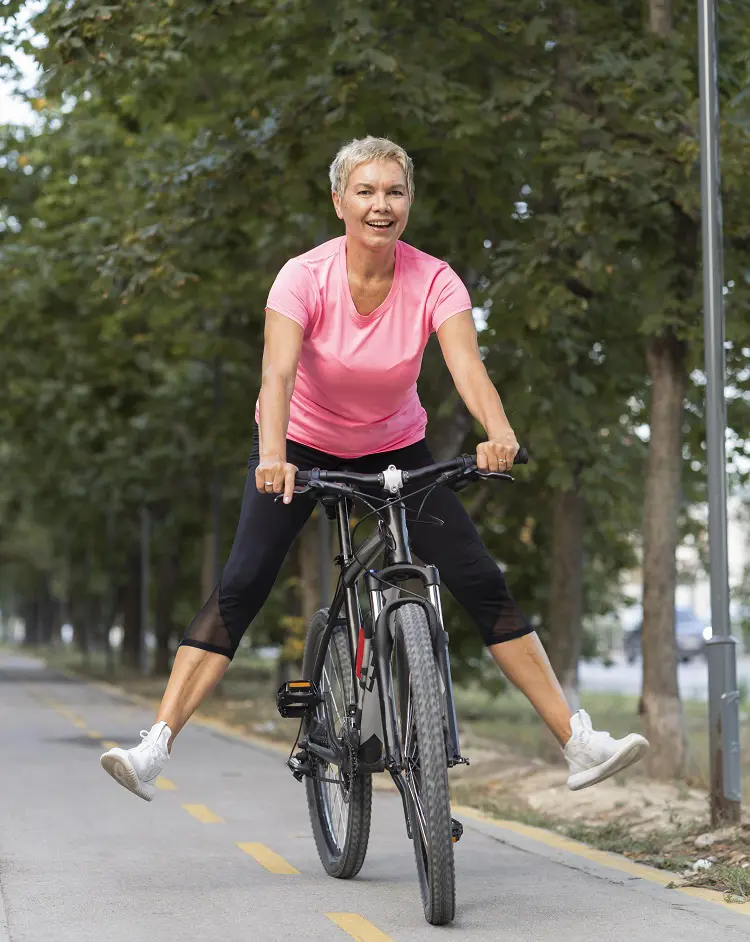
Biking is a form of exercise in which you ride a bicycle for not less than 10 minutes. This pedaling action causes your legs to move and also puts pressure on your heart and lungs to work harder. It is very much like a team inside your body that works towards reducing your high blood pressure.
Additionally, biking is not very stressful on the joints so you do not have to worry about getting injured while biking. It can be interesting and at the same time, ensure that you maintain a healthy blood pressure level.
- Duration: 30-45 minutes
- Frequency: 3-4 times a week
- Benefits: Cycling strengthens the heart, improves circulation, and is effective in reducing hypertension.
3. Hiking
When you hike, you are enjoying a cardiovascular exercise where your entire body, including the heart, is working out. This kind of exercise is important in enhancing cardiovascular endurance, hence controlling blood pressure.
You will find that your heart is stronger, your circulation system is better, and your body is more efficient in using oxygen. Also, being out in nature may cause stress reduction, which is another cause of high blood pressure.
- Duration: 1-2 hours
- Frequency: Weekly or bi-weekly
- Benefits: Improve heart health and help lower blood pressure through physical activity and relaxation.
4. Dancing
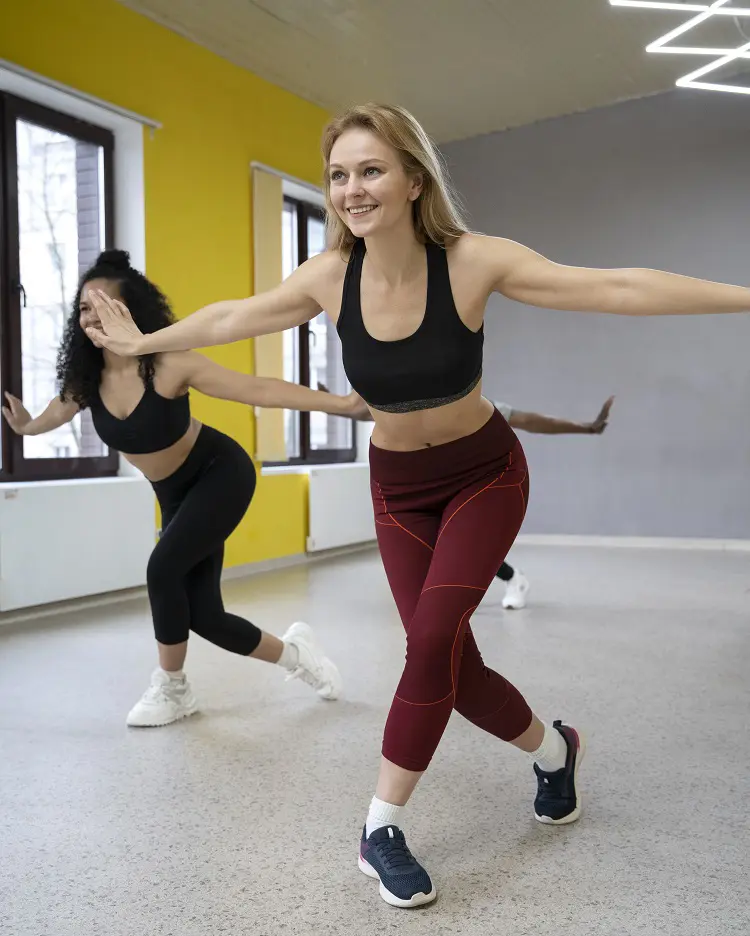
Well, dancing is not only fun but is one of the most effective ways to reduce pressure in the blood vessels. The pumping of blood by the heart becomes faster and strengthens the heart muscles, which over time, helps to reduce hypertension.
Besides, dancing is an activity that helps a person to get rid of unnecessary stress. This means that one of the major benefits of dancing is that it shifts your attention from stress like past thoughts or concerns, and thus lowers stress levels.
- Duration: 30-60 minutes
- Frequency: 3-4 times a week
- Benefits: Enhances cardiovascular fitness, improves mood, reduces stress levels, and aids in blood pressure management.
5. Swimming
Swimming is an effective exercise that one could possibly engage in, especially for those who are beginners. First, you may try freestyle strokes that are easy to master. Another one is aqua jogging, which gives the effect of running on the water's surface.
There are additional methods one can use such as a pool noodle. The water helps in reducing the impacts on joints when swimming. Meanwhile, at the same time, it will exercise all the body muscles. Swim consistently to help make your heart and muscles more powerful, and to have better breathing.
- Duration: 30-45 minutes
- Frequency: 3-4 times a week
- Benefits: Boosts cardiovascular health, increases lung capacity, and helps reduce blood pressure.
6. Jogging or Running

Ever heard that jogging or running can drastically reduce blood pressure? During jogging or running, the heart rate rises and constant practice helps in strengthening the heart muscles. This improves the strength of the heart and thus facilitates efficient blood circulation, which lowers blood pressure.
There are long-term benefits that come with engaging in regular jogging or running, especially better cardiovascular health. Also, this exercise contributes to the production of chemicals known as endorphins, which aid in reducing stress and high blood pressure.
- Duration: 20-30 minutes
- Frequency: 3-4 times a week
- Benefits: Improves cardiovascular fitness, aids in weight management, and can significantly lower both systolic and diastolic blood pressure.
7. Strength Training
Strength training, such as weight lifting or bodyweight exercises, has been shown to reduce high blood pressure, especially for hypertensive or pre-hypertensive people. One type of strength training called isometrics is especially beneficial for hypertensive individuals.
Isometrics consists of using static movements, for instance, maintaining a plank or the wall sit position. This static contraction of muscles helps in developing strength and endurance. It even helps in making your heart healthy and reduces the pressure on the walls of the arteries.
- Duration: 20-30 minutes
- Frequency: 2-3 times a week
- Benefits: Increases muscle mass, and improves metabolic health. Enhances cardiovascular health and lowers blood pressure.
8. Yoga

Yoga can also aid in the management of hypertension. The forms that could help in decreasing stress and therefore, bring down blood pressure include yogic exercises, pranayama, and meditation.
Nevertheless, it is advisable to seek the permission of your doctor before practicing yoga, especially for people who suffer from hypertension or any other medical condition. You shouldn't perform inversions or some forms of back bending which will increase the pressure on the arteries and consequently the blood pressure.
- Duration: 30-60 minutes
- Frequency: 3-4 times a week
- Benefits: Reduce stress and improve heart health, contributing to lower blood pressure.
9. Gardening
General physical activities such as gardening also help lowering blood pressure. Activities that involve bending, lifting, and digging like raking leaves, planting, and mowing are useful. Gardening offers a moderate level of exercise that may help strengthen your muscles and your heart.
While gardening is not quite as intense as organized exercise, it can still be a very enjoyable way to stay active, especially for those who enjoy the outdoors. Also, caring for plants and being in nature might be beneficial for mental health.
- Duration: 30-45 minutes
- Frequency: Several times a week
- Benefits: Improve cardiovascular health and reduce stress, helping to lower blood pressure.
10. Tai Chi
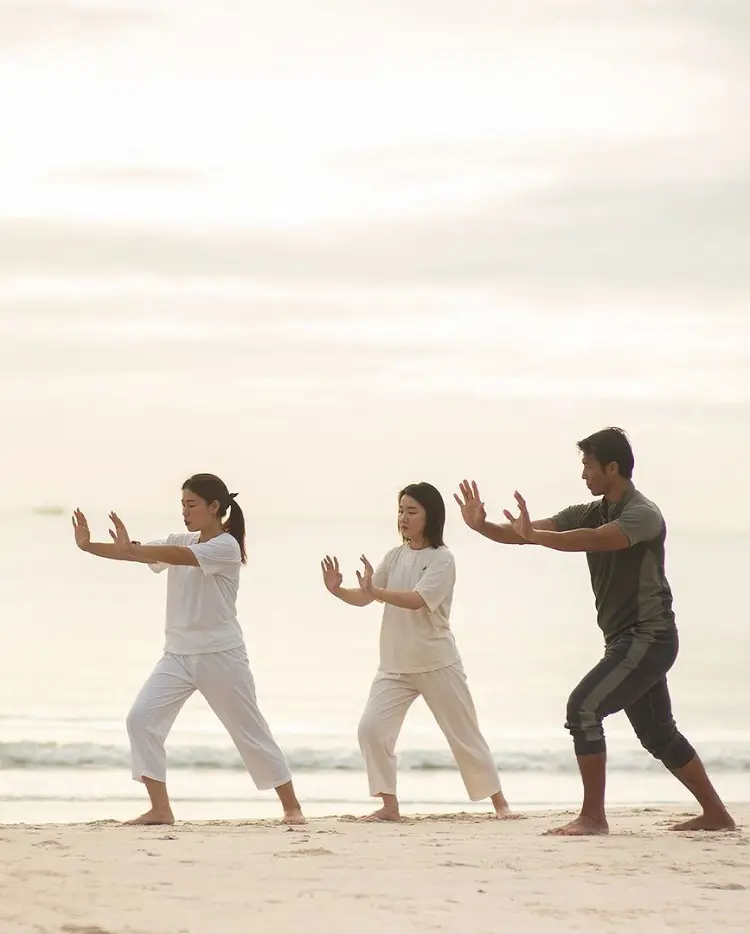
Tai Chi is actually a slow-motion, smooth martial art that involves exercise as well as high breathing and concentration. The smooth, continuous movements increase the circulation, thus the efficacy of the heart, which in turn leads to a more efficient flow of blood.
This exercise reduces stress, which then reduces the secretion of stress hormones. One of the leading causes of high blood pressure is the stress hormone. When done regularly, this exercise becomes an effective tool in regulating hypertension even when the patient doesn't have the time to attend the hospital.
- Duration: 30-60 minutes
- Frequency: Daily or several times a week
- Benefits: Promotes relaxation, reduces stress, and can improve overall cardiovascular health.
Tips for Exercise and Blood Pressure Management
Here are the things you must keep in mind to manage your blood pressure:
- Consult with a Doctor: Always check with a healthcare provider before starting any new exercise regimen, especially if you have preexisting health conditions.
- Consistency: Creating a healthy schedule for regular exercise is crucial. It would be helpful if you could find something that you like to do to ensure that you are regular with it.
- Hydration and Diet: Stay hydrated and maintain a balanced diet that's rich in fruits, vegetables, and whole grains to support your exercise routine and overall health.
- Monitor Your Progress: It is advisable to check on your blood pressure after and before exercising to see how your body reacts to the exercises. Then, you can make amendments if necessary.
Recent posts
Exercises
Exercises
12 Simple Rotator Cuff Exercises For Conditioned Shoulders
The rotator cuffs are a key muscle group, crucial for a wide range of arm movements and for stabilizing the shoulder joint. When we’re rotating or lifting our arms, the rotator cuffs are working hard. Weakness in these muscles can lead to...
Exercises
12 Amazing Full Body Dumbbell Workout And Exercises
If you're new to fitness, putting together a full-body workout can feel overwhelming. A solid training program targets strength, endurance, flexibility, and balance while working all the major muscle groups. Luckily, dumbbells are versatile tools tha...
Exercises
11 Effective Jawline Exercises To Try For A Chiseled Face
Jawline exercises can lead to changes in the shape of the face, resulting in fuller cheeks and a more youthful appearance. Exercising the neck, chin, jaw, and other facial muscles leads to sharper cheekbones and a prominent jawline. Improving your ja...
Exercises
15 Best Exercises For Waist To Get A Slimmer Midsection
Smaller waist is a common goal for many women, but it requires a mix of exercise, persistence, and a healthy lifestyle. Waist-slimming workouts will tone and shape your midsection while also improving your overall posture and stability. From easy twi...
Exercises
16 Body Weight Leg Exercises To Strengthen Your Lower Body
Bodyweight training is very accessible, popular, and requires little or no equipment at all. With bodyweight exercises, you can target your lower body muscles in different ways to help build stronger legs. Before jumping into weighted movements, thes...
Exercises
12 Achilles Tendon Stretches To Tone Heel And Calf Muscles
The Achilles tendon runs down the back of the lower leg, connecting the heel bone to the calf muscle. It helps lift the heel off the ground while walking. If you suffer from Achilles tendonitis, gently working out the inflamed tendons can aid in quic...
